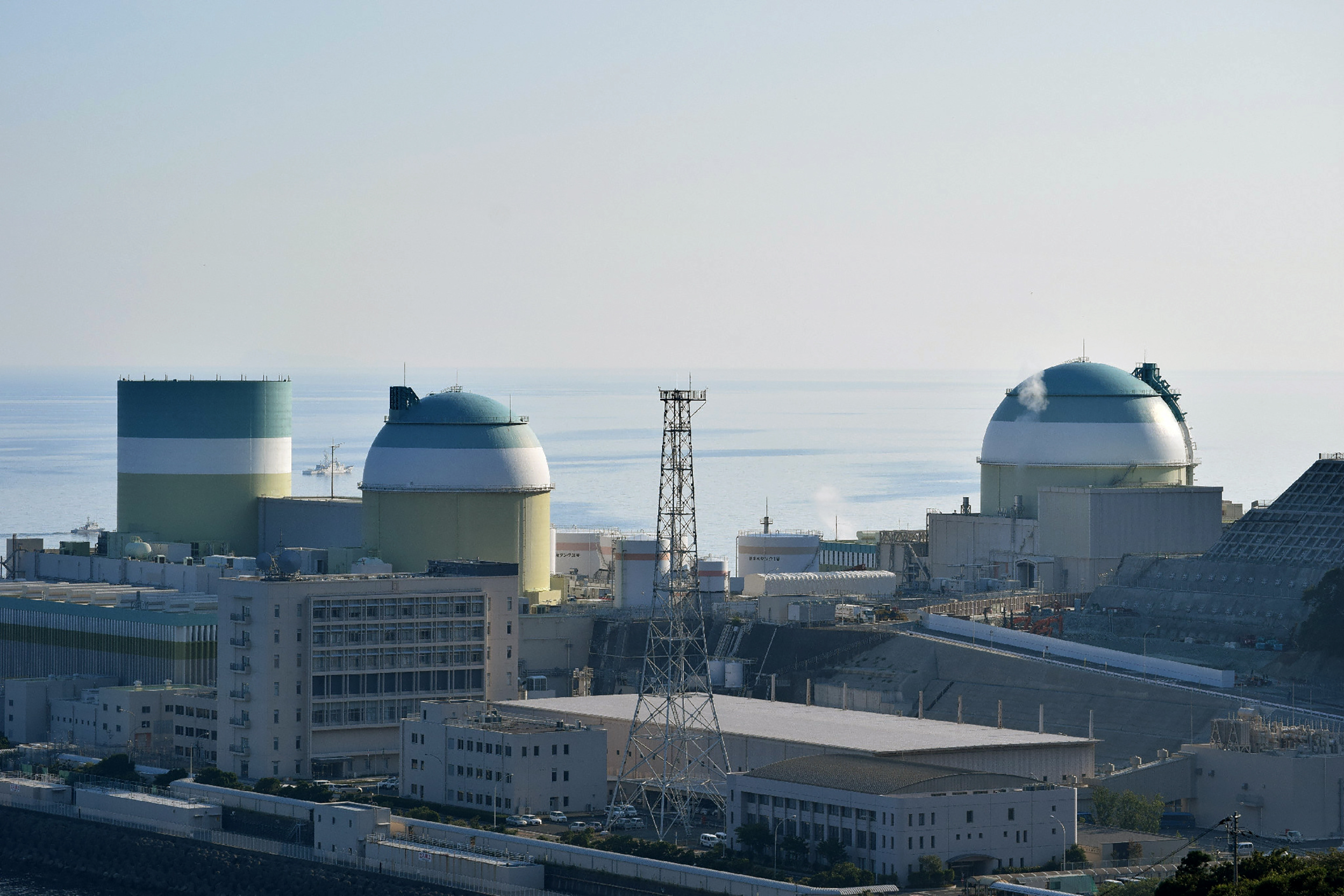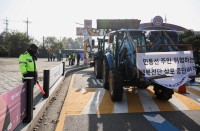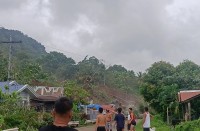
Japan restarted a nuclear reactor on August 12 despite a court challenge by local residents, in a boost for Tokyo’s faltering post-Fukushima push to bring back atomic power. / AFP PHOTO /
TOKYO, Japan (AFP) — Japan has restarted one of its few operating nuclear reactors after a two-month safety checkup, despite still-heated debate over atomic power following the Fukushima disaster.
The unit was shut down in October for inspections and maintenance under stricter rules brought in after a quake-sparked tsunami swamped the Fukushima plant in 2011, sending some reactors into meltdown and causing the worst nuclear disaster in a generation.
Utility Kyushu Electric said it switched on its No. 1 reactor at the Sendai plant in southern Kagoshima late Thursday evening, with commercial operations expected to begin early next month.
Its closure had left Japan with just two operating reactors, after dozens of units were switched off in the wake of the disaster.
Next week the firm will shut down the No. 2 reactor at Sendai for similar inspections.
The Sendai plant sits at the centre of a national debate over nuclear power.
The region’s top politician had earlier demanded that Kyushu Electric shut down the reactors completely, but the firm reached a compromise to carry out “special inspections” on top of regular maintenance work.
A spokeswoman for Kyushu Electric on Friday said the company’s review would continue after the restart to ensure “an even higher level of safety” for the reactor.
Also Friday, the Japanese government said the estimated cost of dealing with Fukushima have almost doubled from a previous forecast to nearly $190 billion.
Anti-atomic sentiment still runs high in Japan, challenging a push by Prime Minister Shinzo Abe and utility companies to switch its stable of reactors back on.
The catastrophe forced the resource-poor country to turn to expensive fossil fuels to plug its energy gap, but fears about the safety of nuclear power and radiation exposure linger.
The two Sendai reactors were restarted last year under the Post-Fukushima safety regulations.
Another reactor at the Ikata plant in western Japan is also operating.
© 1994-2016 Agence France-Presse








